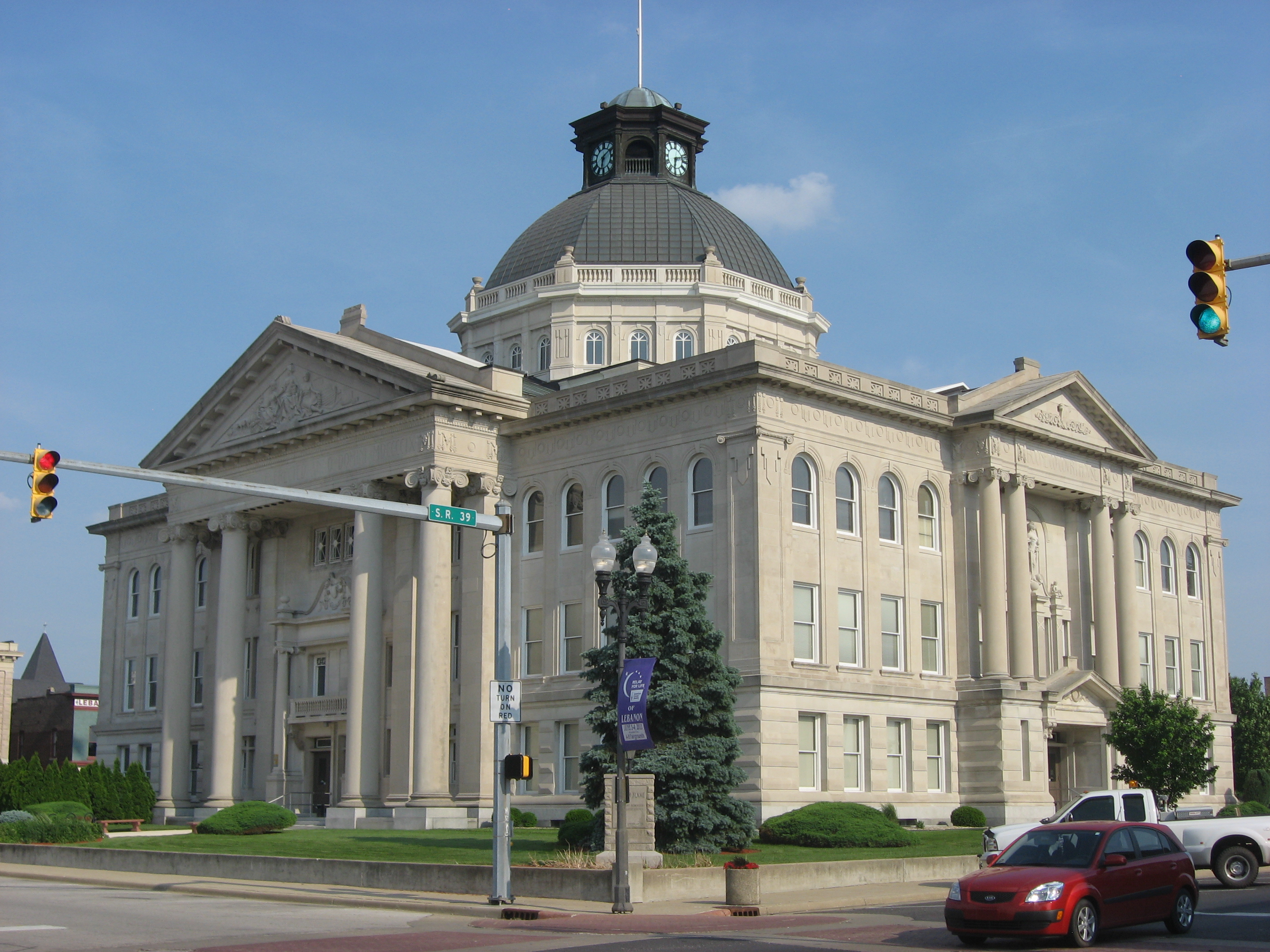|
Indiana Department Of Administration
The Indiana Department of Administration, or IDOA, is a department level agency of the government of Indiana. The department is managed by the Commissioner of the Department of Administration, who is appointed by the governor of Indiana. The agency oversees many of the administrative areas of the state's bureaus and departments, including procurement, travel, maintenance of public buildings, and surplus. The State Personnel Division was removed from the Department and made an independent agency in 2005. In 2008 the commissioner was Carrie Henderson and the agency had approximately 280 employees. See also *Government of Indiana The government of Indiana is established and regulated by the Constitution of Indiana. The state-level government consists of three branches: the judicial branch, the legislative branch, and the executive branch. The three branches share power and ... External links * State agencies of Indiana {{Indiana-stub ... [...More Info...] [...Related Items...] OR: [Wikipedia] [Google] [Baidu] |
Government Of Indiana
The government of Indiana is established and regulated by the Constitution of Indiana. The state-level government consists of three branches: the judicial branch, the legislative branch, and the executive branch. The three branches share power and jointly govern the state of Indiana. County and local governments are also constitutional bodies with limited authority to levy taxes, pass legislation, and create and maintain local public infrastructure. The government of Indiana was first formed in December 1816 and replaced the government of the Indiana Territory. The early government came under criticism beginning as early as the 1820s for having many public offices filled by appointment and lack of delegation of authority to lower officials, requiring state level legislation for things like divorce approval. In 1851 a new constitution was adopted by the state, remedying many of these problems and opening many more office to public election. Significant government reforms were enacted ... [...More Info...] [...Related Items...] OR: [Wikipedia] [Google] [Baidu] |
Governor Of Indiana
The governor of Indiana is the head of government of the State of Indiana. The governor is elected to a four-year term and is responsible for overseeing the day-to-day management of the functions of many agencies of the Indiana state government. The governor also shares power with other statewide executive officers, who manage other state government agencies. The governor works out of the Indiana Statehouse and holds official functions at the Indiana Governor's Residence in the state capital of Indianapolis. The 51st, and current, governor is Republican Eric Holcomb, who took office on January 9, 2017. The position of the governor has developed over the course of two centuries. It has become considerably more powerful since the mid-20th century after decades of struggle with the Indiana General Assembly and Indiana Supreme Court to establish the executive branch of the government as an equal third branch of the state government. Although gubernatorial powers were again signifi ... [...More Info...] [...Related Items...] OR: [Wikipedia] [Google] [Baidu] |
Government Of Indiana
The government of Indiana is established and regulated by the Constitution of Indiana. The state-level government consists of three branches: the judicial branch, the legislative branch, and the executive branch. The three branches share power and jointly govern the state of Indiana. County and local governments are also constitutional bodies with limited authority to levy taxes, pass legislation, and create and maintain local public infrastructure. The government of Indiana was first formed in December 1816 and replaced the government of the Indiana Territory. The early government came under criticism beginning as early as the 1820s for having many public offices filled by appointment and lack of delegation of authority to lower officials, requiring state level legislation for things like divorce approval. In 1851 a new constitution was adopted by the state, remedying many of these problems and opening many more office to public election. Significant government reforms were enacted ... [...More Info...] [...Related Items...] OR: [Wikipedia] [Google] [Baidu] |


